In my years leading product and technology teams across various healthcare companies, balancing unique patient experiences with the integrity of foundational medical care has always been a core focus. Our objective is clear: enhance the patient journey without compromising quality.
In healthcare, we cannot risk gimmicks as our customers – patients in pain – expect excellence. This blog post explores how to strike the right balance between supporting core healthcare experiences and building truly differentiated features while utilizing limited technology resources effectively.
Whether dealing with chronic health conditions (Parsley Health), depression/anxiety/PTSD (Mindbloom), poor sleep (Proper), or long-term back pain (Vori Health), there are lofty standards of patient care to meet and we cannot spend all of our time on delightful, yet risky, whiz-bang features. This said, without creating a truly differentiated and delightful patient experience, these nascent companies cannot get a leg up on the entrenched industrial healthcare complex or other venture-backed competitors.
The Nuance Between Product Vision and Product Strategy
When developing any product, it’s essential to have both a clear product vision of long-term goals as well as a product strategy of critical near-term milestones.
The product vision sets your 5-10-20-year north star goals for the project. The product strategy is the collection of near-term milestones that allow you to continue on your journey toward the vision. The early strategic milestones in nascent companies are often behind-the-scenes moments like fundraising, key hires, or closing early sales deals.
Said another way, you can’t be a visionary if you fail to survive your early journey. The good news is that you don’t always have to create a well-tuned finished product to achieve these early milestones – for example, your operational margins need not reach their long-term targets and your technology stack may have technical-debt-by-design in the early stages.
Although a polished product isn’t an immediate requirement, a compelling value proposition is vital to attract investment, secure talent, and build customer trust. Striking a balance between foundational robustness and innovative flair is essential. Striking a balance between innovation and sustainability/durability is crucial.
A Balanced Approach
Accepting both the need to differentiate and that the product isn’t “done” in these early years, I tend to advocate for the following resourcing mix when starting out in healthcare:
- 30-40% for elevated activation/onboarding experience
- 30-40% for core healthcare experience
- 10-20% for high-value differentiated feature development
1. Elevating Onboarding/Activation Experience (30-40%)
An effective onboarding process is foundational to be successful as you can’t have a healthcare business without patients. In most of my roles, we’ve created dedicated teams focused on moving users through the awareness > consideration > conversation > activation funnel.
Excellence here requires continuous testing, quality analytics, a learning culture, and a fastidious mindset of experimentation, iteration, and improvement.
At Vori Health, we took a number of steps to improve our onboarding funnels, including:
- Adjusting our technical architecture for agility, breaking these components away from our other core services to allow for faster development and deployment
- Investment in specialized analytics instrumentation, including privacy-compliant session recording and anonymized aggregate analytics
- A heavy focus on qualitative insight, through in-flow surveys and 1:1 interviews
We combined these approaches with deep cross-functional collaboration with our clinical and operational teammates to completely rethink the order of our onboarding sequence and drive a 700% improvement in our first-visit conversion rates.
2. Core Telehealth Experiences (30-40%)
There are no shortcuts in healthcare once patients are onboarded and are receiving care. The patient/provider experience needs to work flawlessly and ensure patients have frictionless access to the care they need via common features like scheduling, messaging, video conferencing, care plans/notes, and other medical-specific features (i.e., lab, imaging, testing integrations).
In an early-stage healthcare company, these foundational (aka commodity) telehealth features rarely need to be differentiated. As such, selecting a partner/vendor for these core telehealth services is a prudent path. Some things to keep in mind as you review vendors:
- Compliance features. HITRUST and SOC2, in addition to HIPPA
- Mature developer documentation, APIs, and SDKs
- Realistic roadmaps juxtaposed with feature release notes that demonstrate a proven history of delivery
- Robust partner integrations to share the load across the telehealth service landscape
- Outstanding customer references
- Strong revenues and/or investors to ensure the company is in it for the long haul
Interestingly, as your healthcare business grows, there are very compelling reasons to move away from vendor solutions, including costs as your scale, opportunities to differentiate your patient experience up and down the journey, and creating both small and large feature-specific operational efficiencies (at scale, every 1-2% efficiency boost has major impacts on COGS and margins).
3. Differentiated Feature Development (10-20%)
Consumer-centered onboarding and standard telehealth features are unfortunately not enough to win for patients, payers, and investors. As such, I always withhold a stream of technology resources to develop unique features that differentiate the company and build intellectual property/enterprise value. These features must address specific patient needs and leverage cutting-edge technologies. Here are a few recent examples:
Vori Health (Musculoskeletal care)
We built “Motion Guide”, a computer-vision-assisted physical therapy app that uses pose estimation ML models to track patient movement and then provide real-time and personalized corrective feedback.
Proper (Sleep health)
We built a sleep behavior tracker that helps customers understand sleep-impacting and sleep-promotion activities. There are 101 sleep trackers on the market, so we build something new, based on the leading clinical evidence – cognitive behavioral therapy for insomnia (CBTi) – in a beautiful engaging package.
Selection of these product efforts and features is of course hyperspecific to each business and should be done with the very best product discovery/experimentation/validation rigor that Marty Cagan and others speak to so eloquently.
Creating differentiation is both an art and a science and if you are relying only on gut instinct you are bound the fail. Sit with your customers, brainstorm widely, test ideas cheaply, prototype quickly, and keep iteration until you get closer to the truth. This is the fun stuff, for sure.
Striking the Right Balance
In conclusion, creating differentiated healthcare experiences while maintaining high standards requires a well-balanced approach to resource allocation. The mix of resources between activation, core experiences, and differentiated features should be an ongoing conversation without a one-sized-fits-all formula. To succeed, a combination of creativity, customer engagement, and rigorous testing is essential. If you’d like to discuss this topic further, feel free to get in touch.

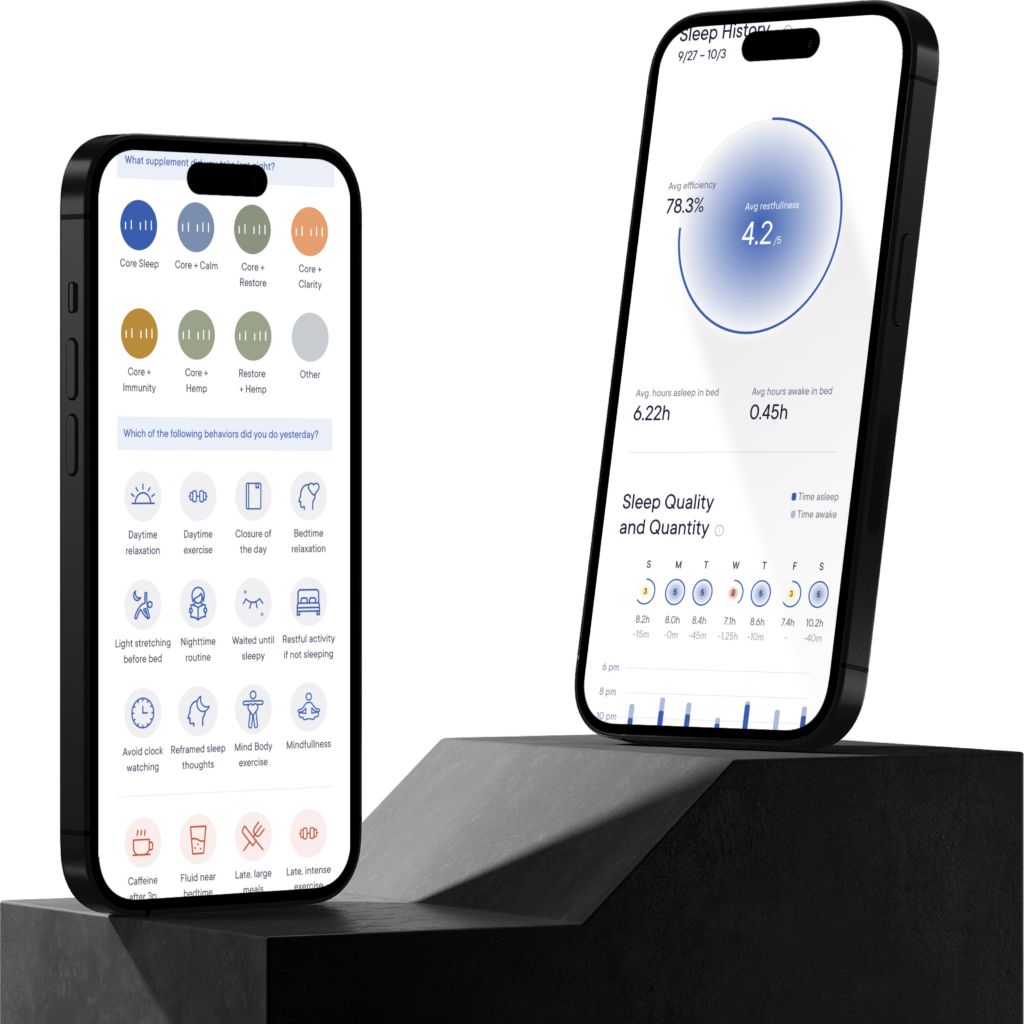
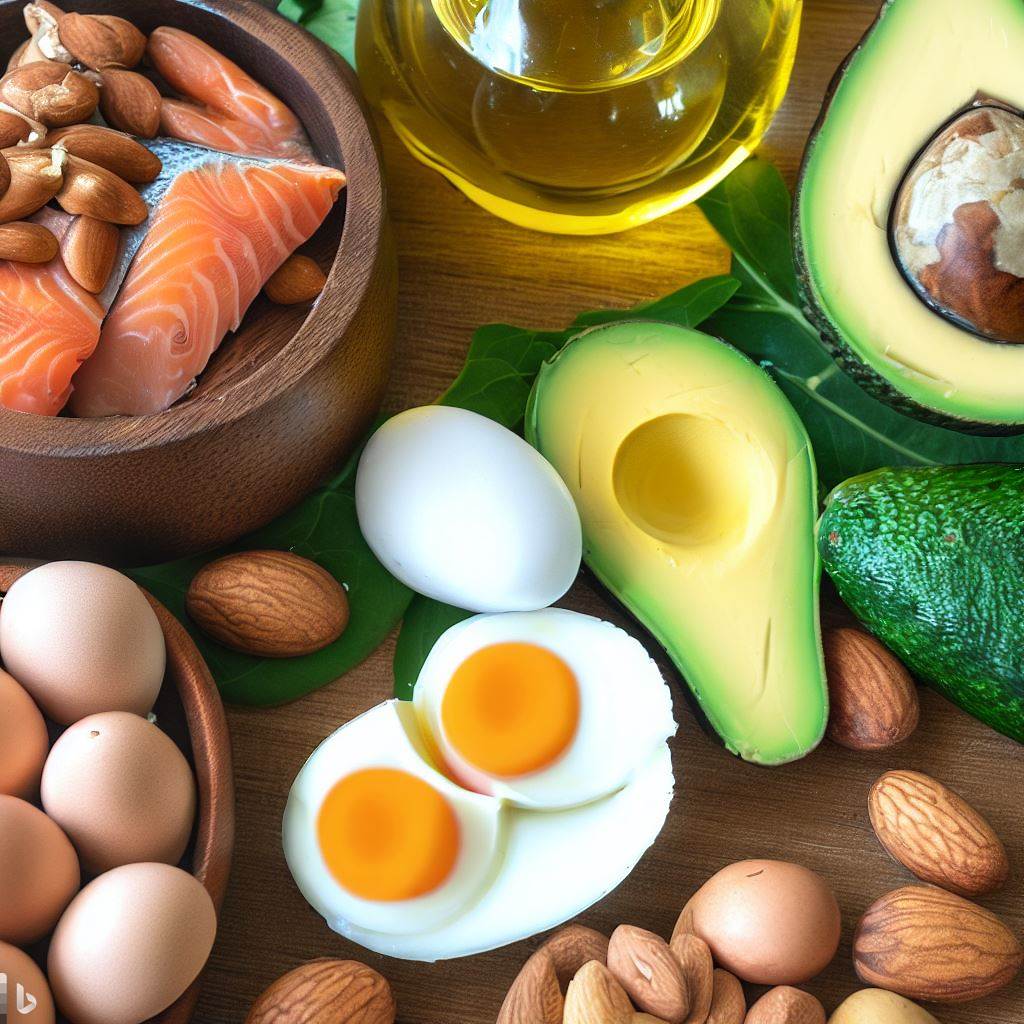
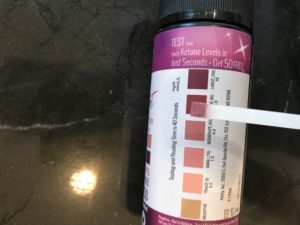
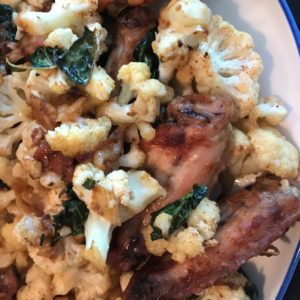
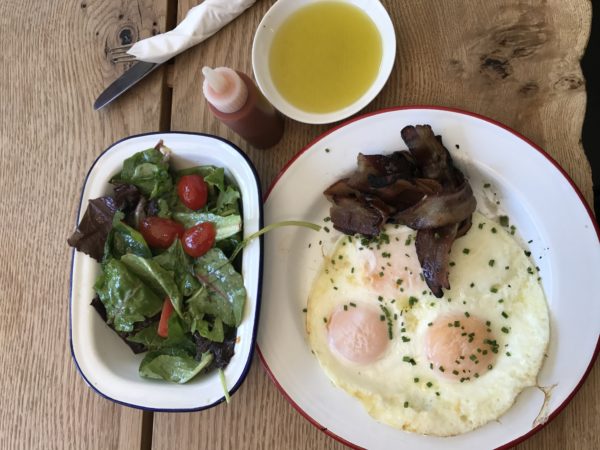 This meal meets the appropriate ratios. Watch out for those tomatoes! Carbs are hidden everywhere, sigh.
This meal meets the appropriate ratios. Watch out for those tomatoes! Carbs are hidden everywhere, sigh.